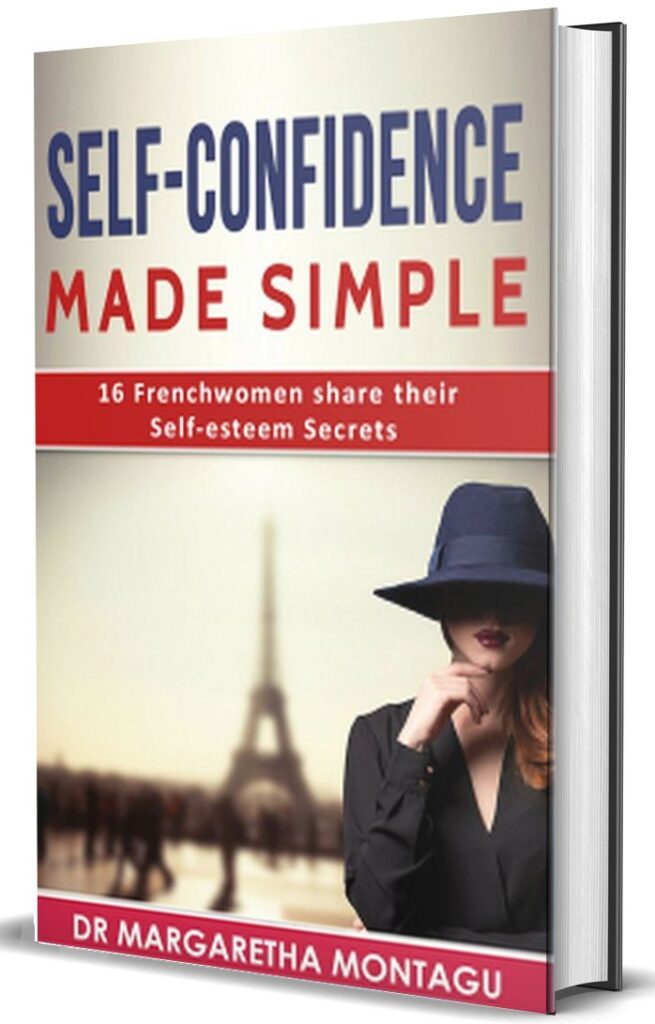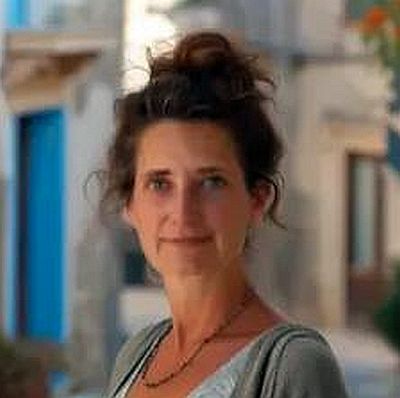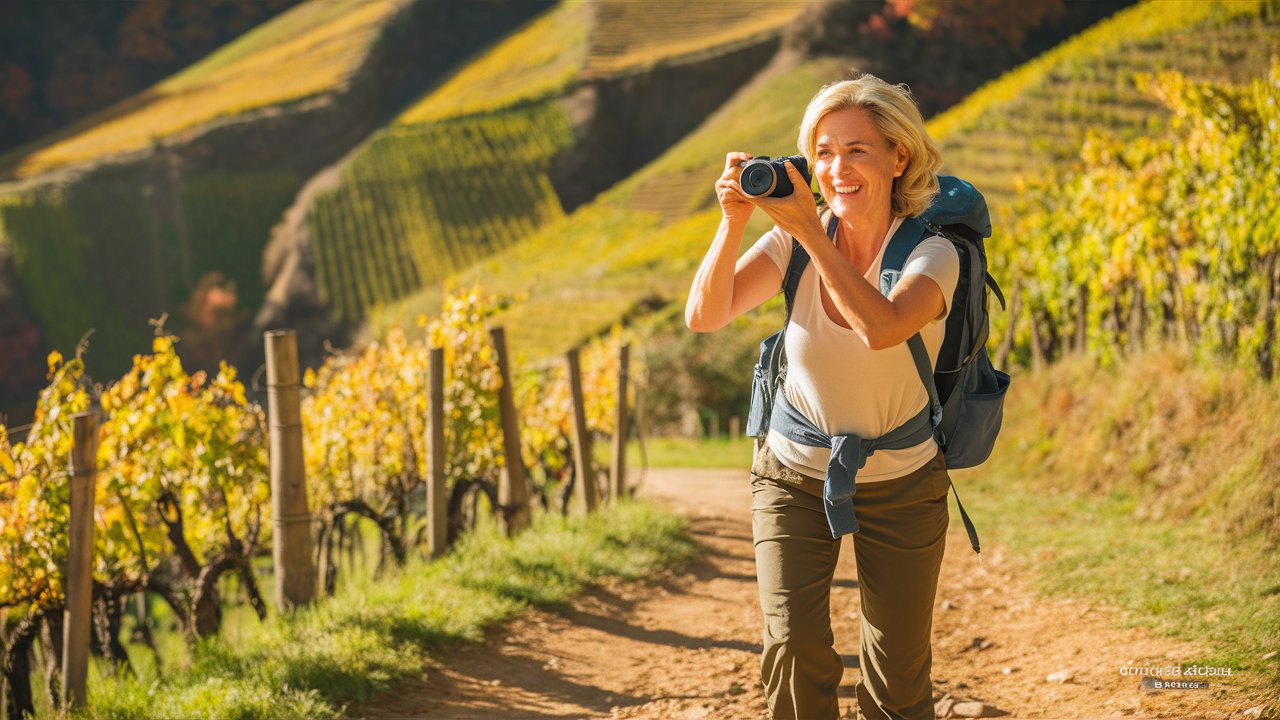The Art of Reinventing Yourself
Life transitions are often chaotic, unpredictable, and, frankly, seriously unnerving. In these make-or-break times, feeling stuck in a rut is practically a rite of passage.
For many of us, this overwhelming uncertainty leads to stagnation. We cling to old routines like a security blanket, resisting change even when we know deep down it’s what we need. We get bogged down in old habits, cling to what’s familiar, and resist the very changes that might be essential for progress The only way to break free is by using our creativity.
Creativity isn’t just about creating art. It’s about finding new ways to think, act, and approach the challenges life throws at us. During a life transition, engaging in creative activities—or simply adopting a more creative mindset—can help you make sense of the chaos and even transform it into an opportunity for growth.
Using your natural creativity facilitates:
1. Emotional Expression and Processing
Engaging in creative activities makes it easier to express complex emotions and experiences that may be difficult to articulate verbally. This can be particularly beneficial during life transitions, as it provides a healthy outlet for processing feelings of uncertainty, anxiety, anger or grief associated with change. Creative expression can help release stress during turbulent times.
2. Problem-solving and Adaptability
Creativity enhances problem-solving skills and innovative thinking. During life transitions, these skills are invaluable as they help us adapt to new circumstances and find innovative solutions to unexpected challenges. Creative people tend to be more adaptable and open to change, which is useful in both personal and professional settings.
3. Creating Order from Chaos
When life feels like it’s unravelling, creativity is your secret weapon to stitch it back together. Imagine your world as a chaotic storm—creativity acts like a compass, guiding you through the mess. It’s like building a bridge: one side is where you’re stuck, surrounded by the wreckage of what’s not working. The other side? That’s where your vision, your dreams, and your solutions live. Creativity is the process of laying each plank, finding structure in the disorder, and giving you a path forward. It doesn’t erase the chaos—it transforms it into progress.
During my Camino de Santiago walking retreats, I’ve seen how creative exercises like sketching the scenery or writing reflections in a journal can help participants make sense of their emotions. The physical act of creating something—whether it’s a drawing, poem, colouring in a picture or a journal entry—helps people bring order to the messiness of a huge life change.
Fresh off a 20-year relationship, Lynn, one of my Camino de Santiago retreat participants found herself at a crossroads—both literally and figuratively. But as she walked the ancient path, something unexpected happened. With a camera in hand, she started capturing more than just breathtaking landscapes and candid shots of fellow pilgrims. Each click of the shutter helped her reframe her regrets, turning them into stepping stones for a brighter future. Photography became her way of seeing the world—and her life—through a new lens, offering her clarity and purpose on the other side of her separation.
4. Self-Discovery and Personal Growth
Creative activities can lead to deeper self-understanding, helping us explore our interests, values, and emotions. This self-discovery process is crucial during transitions, as it allows us to reassess our goals and priorities in light of new circumstances. As we create, we may uncover aspects of ourselves that were previously hidden, guiding us towards a more authentic path forward.
5. Confidence Building and Increasing Resilience
Engaging in creative activities can boost self-confidence and lead to deeper self-understanding. Successfully executing creative projects can enhance self-esteem, providing a sense of accomplishment and empowerment during uncertain times. Additionally, creativity produces positive emotions that can unlock inner resources for dealing with stress and uncertainty, thereby building resilience.

French women are famous for their effortless elegance, their enchanting independence, their irresistible charm and their unshakeable self-confidence.
Would you like to discover the secrets of these consistently confident women?
In Self-Confidence made Simple: 16 French Women’s Confidence Secrets, sixteen of Dr Margaretha Montagu closest French friends share their confidence secrets with you.
6. Connecting with Yourself and Others
When you’re going through a transition, it’s easy to feel disconnected—not only from others but also from yourself. Creativity connects you to who you truly are and can even help you reconnect with the people around you, which is vital during times of transition. Sharing the creative process or working on collaborative projects can deepen relationships and build a sense of community. These social bonds can provide crucial support and a sense of belonging during periods of change. During my retreats, participants often bond, discovering that while their specific life challenges may differ, their emotional journeys are similar. This sense of shared experience is comforting and empowering.
7. Accepting Failure—and Trying Again
One of the reasons people fear transitions is the fear of failure. What if I leave my job and my new career doesn’t work out? What if I end my relationship only to find myself lonelier than before? Creativity helps you embrace failure as part of the process. When you engage in creative work, you learn that not everything will go perfectly on the first try, and that’s okay. You can try again, refine, and improve. The same is true in life transitions.
8. Changing Perspectives and Widening Horizons
Creativity allows people to reframe challenges as opportunities. This ability to zoom in on details while also seeing the bigger picture helps in identifying connections that others might miss. By reframing obstacles creatively, we can turn pessimism into optimism and find new ways to approach difficult situations. This ability to envision alternative futures is essential during transitions, as it helps us move beyond the limitations of our current situation and explore potential paths forward.
FAQs: Creativity and Life Transitions
- Q: I’m not an artist. How can creativity help me during a life transition?
- A: Creativity isn’t limited to artistic pursuits. It’s about finding new ways to think and approach challenges. During life transitions, creativity can help you:
- Express and process complex emotions
- Develop problem-solving skills and adaptability
- Create order from chaos
- Discover more about yourself
- Build confidence and resilience
You can engage in creative activities like journaling, photography, or even creative problem-solving exercises to tap into these benefits.
Q: How does creativity help with the emotional challenges of major life changes?
A: Creativity provides a healthy outlet for processing difficult emotions associated with change, such as uncertainty, anxiety, or grief. It allows you to express feelings that may be hard to put into words. Creative activities can also produce positive emotions, helping to balance out stress and build resilience. Additionally, creative pursuits can help you connect with others, providing crucial social support during transitions.
Q: Can creativity really help me solve practical problems during a life transition?
A: Yes! Creativity enhances problem-solving skills and innovative thinking. It helps you:
- See challenges from new perspectives
- Generate multiple solutions to a problem
- Adapt more easily to new circumstances
- Find innovative ways to overcome obstacles
Q: I’m afraid of failure during this transition. How can creativity help with that?
A: Engaging in creative activities can help you become more comfortable with the idea of failure and iteration. In creative pursuits, not everything works out perfectly on the first try, and that’s okay. This mindset can transfer to how you approach your life transition:
- You learn to see “failures” as learning opportunities
- You become more willing to try new things
- You develop the resilience to keep going, even when things don’t work out as planned
This “creative resilience” can be invaluable as you navigate the uncertainties of major life changes.
Q: How can I incorporate more creativity into my life during a transition when I’m already feeling overwhelmed?
A: Start small and make it enjoyable:
- Set aside just 10-15 minutes a day for a creative activity you enjoy
- Try simple activities like doodling, free writing, or taking photos with your phone
- Use creativity to tackle one small challenge related to your transition
- Join a local creative group or online community for support and motivation
- Consider creativity as a form of self-care rather than another task to complete
Remember, the goal is to reduce stress and gain new perspectives, not to create masterpieces. Be patient with yourself and focus on the process rather than the outcome.
In Essence
By incorporating creativity into daily life, we can develop what’s known as “creative resilience” – the ability to use creativity as a means of powering through adversity. Creativity serves as a tool for building resilience during tough times by providing emotional outlets, enhancing problem-solving skills, shifting perspectives, boosting confidence, fostering positive emotions, and strengthening social connections. By embracing creativity, we can better navigate life’s challenges and emerge stronger and more adaptable.
If you’re feeling discontented in your current circumstances—whether it’s your job, relationship, or something else entirely—consider introducing creativity into your life. You don’t need to be an artist or a writer to benefit. You just need to be willing to experiment, explore, and play.
And if you’re ready to dive deeper into this process, I invite you to join me on one of my retreats or sign up for one of my courses, where creativity and self-discovery go hand in hand to help you move from stuck to thriving.
If you would like to be notified when I publish another post like this one, you can subscribe to my Savoir Vivre Vignettes newsletter, with regular updates about the highs and lows of living on my little farm in the sun-drenched southwest of France. Subscribers get free access to my Ready for a Radical Renaissance? Quiz.

Author Bio: Dr Margaretha Montagu – described as a “game changer”, “gifted healer”, “guiding light” and “life-enriching author” – is an experienced medical doctor, a certified NLP practitioner, a medical hypnotherapist, an equine-assisted psychotherapist (EAGALAcertified) and a transformational retreat leader who guides her clients through life transitions – virtually, or with the assistance of her Friesian and Falabella horses, at their home in the southwest of France.

